A cat gum color chart can tell you a lot about your pet's health in just seconds. Your cat's gums should be a healthy shade of pink, but if they look pale, red, blue, or even yellow, it could signal a serious health issue. Since cats are great at hiding discomfort, checking their gum color is one of the easiest ways to catch potential problems early.
Subtle changes in your cat's gum color may point to dental issues, poor circulation, or even liver disease. Some signs, like white gums or bright red gums, might mean you should see a vet immediately. Overlooking these warning signs may result in serious issues like gum inflammation, viral infections, or blood loss.
Checking your cat's gums regularly can give you important clues about their overall well-being. Read on to learn what your cat's gums are trying to tell you.
Why Gum Color Matters for Your Cat's Health

A cat's gums do more than just hold their teeth in place—they reveal a lot about their overall health. A healthy cat should have pink gums, meaning their pet's blood flow and oxygen levels are in good shape. But unhealthy cat gums, like red gums, white gums, or yellow gums, can signal bigger issues.
Gum color changes may be linked to dental disease, liver disease, or poor circulation. In some cases, pale or blue gums can indicate poor oxygenation, which requires a vet immediately. Watching for changes in your cat’s gums can help spot early signs of illness and prevent serious complications.
How Gum Color Can Indicate Health Problems
Your cat's gum color can warn you about health issues you might not notice otherwise. For example, bright pink gums may suggest heat stroke, while pale gums could mean blood loss or poor circulation. Blue gums often point to poor oxygenation, which can be life-threatening.
Gum problems may also indicate viral infections, including feline leukemia virus and feline immunodeficiency virus. If you see red gums, your cat may have gum inflammation or dental problems. Checking their entire gumline and noting subtle changes can help spot dental issues and other important clues about their well-being.
The Importance of Regularly Checking Your Cat's Gums
You don't need fancy equipment to check your cat's gums. Just press gently on their gum line and watch how fast the color returns. This simple test, called capillary refill time, helps assess their cardiovascular system. Slow refill time could indicate poor circulation or early signs of illness.
Regular checks also help detect dental hygiene problems, like gingivitis or bad breath. If your cat's gums appear bright red, white, or yellow, they might need a vet immediately. Catching these subtle changes early can prevent bigger problems, keeping your cat well-hydrated, healthy, and happy.
Cat Gum Color Chart: What Different Colors Mean
While healthy cat gums should be pink, other shades might signal a problem. Pale gums, red gums, blue gums, or yellow gums can point to dental disease, blood loss, or poor circulation. Checking your cat's gum health regularly helps catch early signs of illness.
Below, we'll explore what different gum colors mean, so you know when your cat's gums are a good sign of health or when it's time to call a vet immediately.
Healthy Pink Gums
Pink gums are what you want to see when checking your cat's mouth. This means their pet's blood flow is normal, and they're getting enough oxygen. Healthy gum color should be light pink to pale pink, but some variations are normal based on cat breeds and age.
To check your cat's gum health, press gently on the gum line. The color should temporarily blanch before blood returns in about two seconds. This test, called capillary refill time, helps assess their cardiovascular system. If their gums stay pale or take too long to refill, something may be wrong.
Pale or White Gums
If your cat's gums are pale pink or white, this could be a sign of poor circulation, blood loss, or hemolytic anemia. Cats with pale gums may not be getting enough oxygen, which can be life-threatening.
Conditions like feline leukemia virus and viral infections can also cause pale gums. If you notice this, along with other signs like weakness or trouble breathing, contact a vet immediately. Checking the entire gumline and watching for subtle changes can help you catch health issues before they become serious.
Red Gums
Bright red gums are never a good sign. They could mean gum inflammation, heat stroke, or an allergic reaction. If the entire gumline looks red and swollen, dental disease or gingivitis may be to blame.
Red gums paired with bad breath can point to dental problems that need attention. If your cat also seems weak, pants excessively, or avoids eating, it could be a health issue beyond their mouth. Press gently on their gums and check their capillary refill time—if their gums don't return to normal quickly, seek a vet immediately.
Blue or Purple Gums
Blue or purple gums mean your cat isn't getting enough oxygen, which is an emergency. This condition, called poor oxygenation, may result from cardiovascular system issues, respiratory problems, or poor circulation.
If your cat's gums suddenly turn blue, they could be struggling to breathe. Causes include heat stroke, viral infections, or allergic reactions. Cats with blue gums need immediate veterinary care to restore oxygen levels and prevent further complications.
Yellow Gums
Yellow gums often point to liver disease or genetic factors affecting pet's blood flow. Jaundice, a condition where the skin and gums turn yellow, can also be caused by feline immunodeficiency virus or other viral infections.
If your cat's gums look yellow, check their capillary refill time and watch for other signs like weight loss or lethargy. A vet should immediately assess subtle changes like this since early treatment can help manage health issues before they worsen.
Black Gums
Not all black gums are bad—some cat breeds, like Bombay, naturally have dark gums. However, if your cat's gums are usually pink and start turning black, this could signal dental disease, poor circulation, or gum inflammation.
Check for teeth issues, bad breath, gum inflammation, or red edges along the gum line. If the discoloration spreads or your cat shows signs of discomfort, it's best to consult a veterinary medicine expert. Gum color changes can be an important clue to their well-being, so it's always good to stay alert.
How to Check Your Cat's Gum Color

Checking your cat's gum color is a quick and easy way to spot potential health issues. A healthy cat should have pink gums, but other colors could point to trouble. Since cats hide discomfort well, their gums provide important clues about their well-being.
To check your cat's gum health, look at their entire gumline and gently press on their gums. Watch how fast the color returns, slow refill time might indicate poor circulation or another health issue. Regular checks help catch early signs of dental problems, blood loss, or viral infections before they worsen.
Step-by-Step Guide to Checking Your Cat's Gums
Gum checks take only a minute and can reveal a lot about your cat's health. Use these easy steps to check your cat's gum color accurately and spot any potential issues early.
- Find a comfortable spot. Find a quiet area where your cat can stay at ease without distractions. Stress can cause subtle changes in their pet's blood flow, temporarily affecting their gum color.
- Gently lift their lip. Slowly pull back your cat's lip to expose their entire gumline. Look for any unhealthy cat gums, like yellow gums, red gums, or white gums, which may indicate a health issue.
- Press gently on the gums. Lightly press a finger on your cat's pink gums until the area turns pale. Once you remove your finger, the color should return within two seconds. A slow refill time could signal poor circulation or cardiovascular system problems.
- Check for other signs. If your cat's gums look off, check for bad breath, gum inflammation, or dental disease. These could be early signs of a larger health issue, requiring a vet immediately.
When to Seek Help from a Vet Based on Gum Color
Not every gum color change means something serious, but some shades are clear red flags. If your cat has white gums, it could indicate blood loss or poor oxygenation. Blue gums mean they're not getting enough oxygen, which is an emergency.
Bright red gums may suggest heat stroke, allergic reactions, or gum inflammation. Yellow gums could point to liver disease or viral infections like feline leukemia virus. If you notice subtle changes alongside symptoms like bad breath, weakness, oral discomfort, or unusual behavior, contact a veterinarian immediately. Gum color changes can be a good sign of your cat's overall health, so never ignore them.
How to Promote Healthy Gums for Your Cat

Taking care of your cat's gum health can help protect them from dental problems and other serious conditions. Supporting healthy cat gums starts with routine gum checks, the right diet, and consistent dental hygiene to reduce the chances of gum inflammation or infection.
The key is consistency. Simple habits like brushing, providing the right diet, and using dental care products can go a long way in protecting your cat's gum health. Here's what you need to know.
The Role of Diet in Maintaining Healthy Gums
Your cat's diet directly affects their gum health. Foods rich in essential nutrients help maintain healthy gums, while low-quality diets can contribute to gum inflammation and dental problems.
Crunchy kibble can reduce plaque, while wet food adds moisture to support healthy gums and maintain proper blood circulation. Some foods are specifically designed for dental hygiene, containing enzymes that fight bacteria and plaque buildup. If your cat struggles with dental issues, talk to your vet about supplements or special diets that promote gum and teeth health.
Regular Teeth and Gum Brushing
Brushing your cat's teeth and gums is the most effective way to prevent dental disease. Plaque and bacteria can quickly build up along the gum line, leading to unhealthy gums and bad breath.
Use a cat-safe toothbrush and toothpaste—never human toothpaste, as it's toxic to cats. Start slow by letting your cat get used to the brush before gradually working along their entire gumline. Even brushing a few times a week can help prevent red gums, gum inflammation, and dental problems.
Dental Chews and Oral Care Water Additives
If brushing isn't an option, dental chews and oral care water additives can help maintain gum health. Dental chews help remove plaque as your cat gnaws, while some even contain antibacterial ingredients to support dental hygiene.
Water additives are an easy way to fight bacteria and freshen your breath. Simply add them to your cat's water bowl to help reduce plaque and promote healthy cat gums. Combined with regular gum checks, these simple solutions can help keep your cat's teeth and gums in top shape.
How to Soothe Oral Discomfort in Cats
If your cat is avoiding food, drooling, or pawing at their mouth, they might be dealing with oral discomfort. This can happen due to gum inflammation, dental disease, or tartar buildup. Plaque eventually turns into tartar, which can inflame the gum line and make eating uncomfortable for your cat.
There are a few ways to help. Regular dental hygiene, a balanced diet, and natural remedies can make a big difference. CBD is also a great option for soothing discomfort and keeping your cat calm.
- CBD Cat Treats. These crunchy, salmon-flavored treats can help reduce tartar buildup while supporting your cat's dental hygiene and soothing oral discomfort. Made with natural ingredients, they're a great option for cats with sensitive gums.
- CBD Calming Chews for Cats. If your cat gets skittish or stressed, these soft chews can help them relax. They may also provide discomfort relief, and they're gentle on the gum line, making them a good choice for cats with dental issues.
Taking care of your cat’s teeth and gums with the right products can help prevent serious health issues later on.
Final Thoughts on Cat Gum Color and Oral Health Monitoring
Your cat's gum color is one of the easiest ways to check their health status. Healthy cat gums should be pink, while red, pale, blue, or yellow gums could mean something's wrong. A combination of routine gum checks, proper dental care, and healthy food choices can support your cat's oral health and overall well-being.
Adding natural wellness products to your cat's routine can also support their gum health. HolistaPet offers a trusted line of hemp-based cat products, including CBD Cat Treats and Calming CBD Oil for Cats. These may help with relaxation, soothe oral discomfort, and promote overall well-being.
Monitoring your cat's gum color and oral health helps prevent issues and supports their overall well-being.



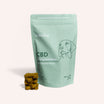



![Probiotics For Dogs [Soft Chews] - HolistaPet](http://www.holistapet.com/cdn/shop/files/Probiotic-Infographic-1_472d7a29-e30c-435a-9638-1365d8c3a9f9.jpg?v=1725384841&width=104)
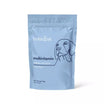
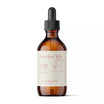


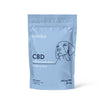
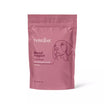

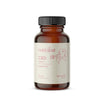
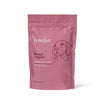
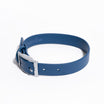

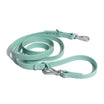


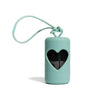




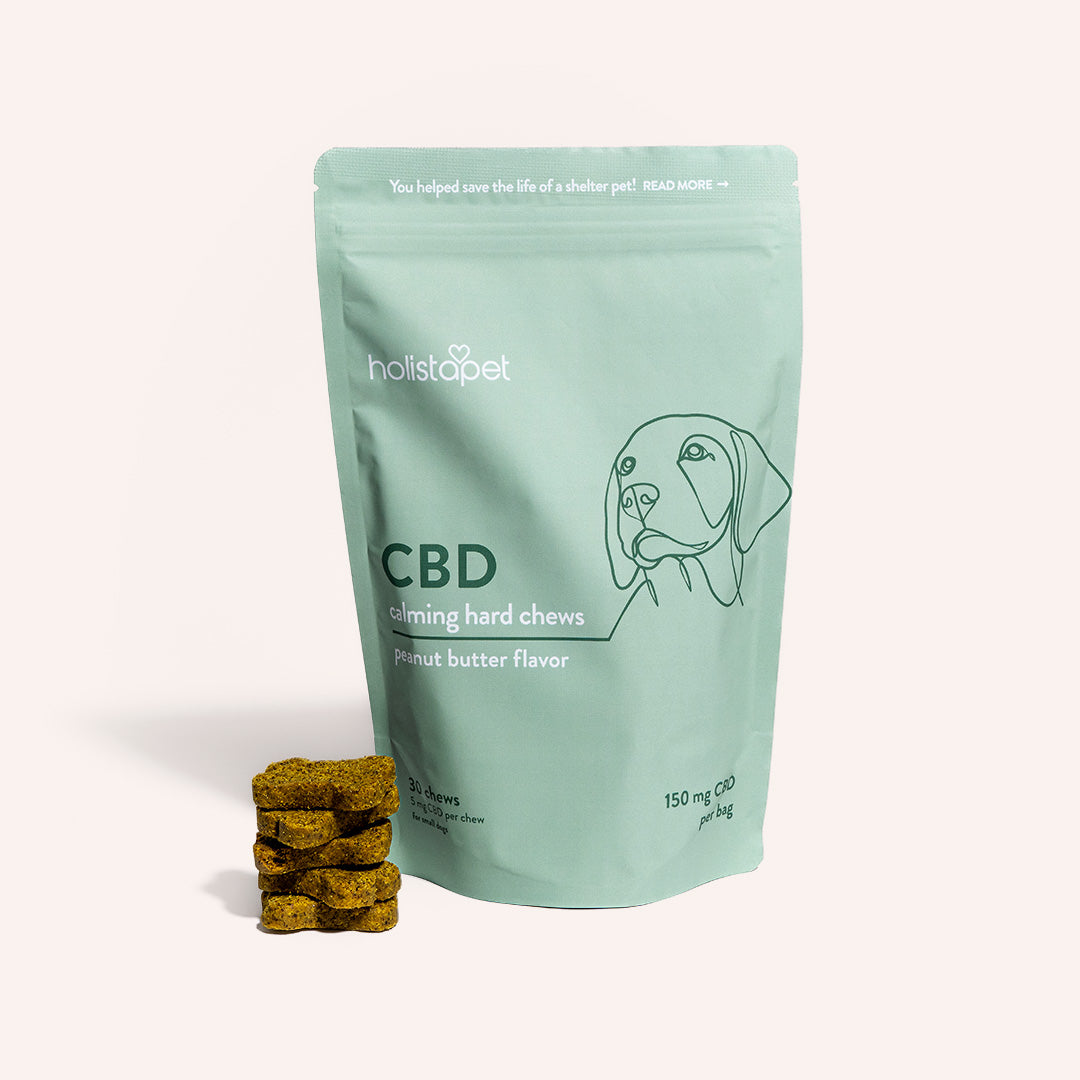
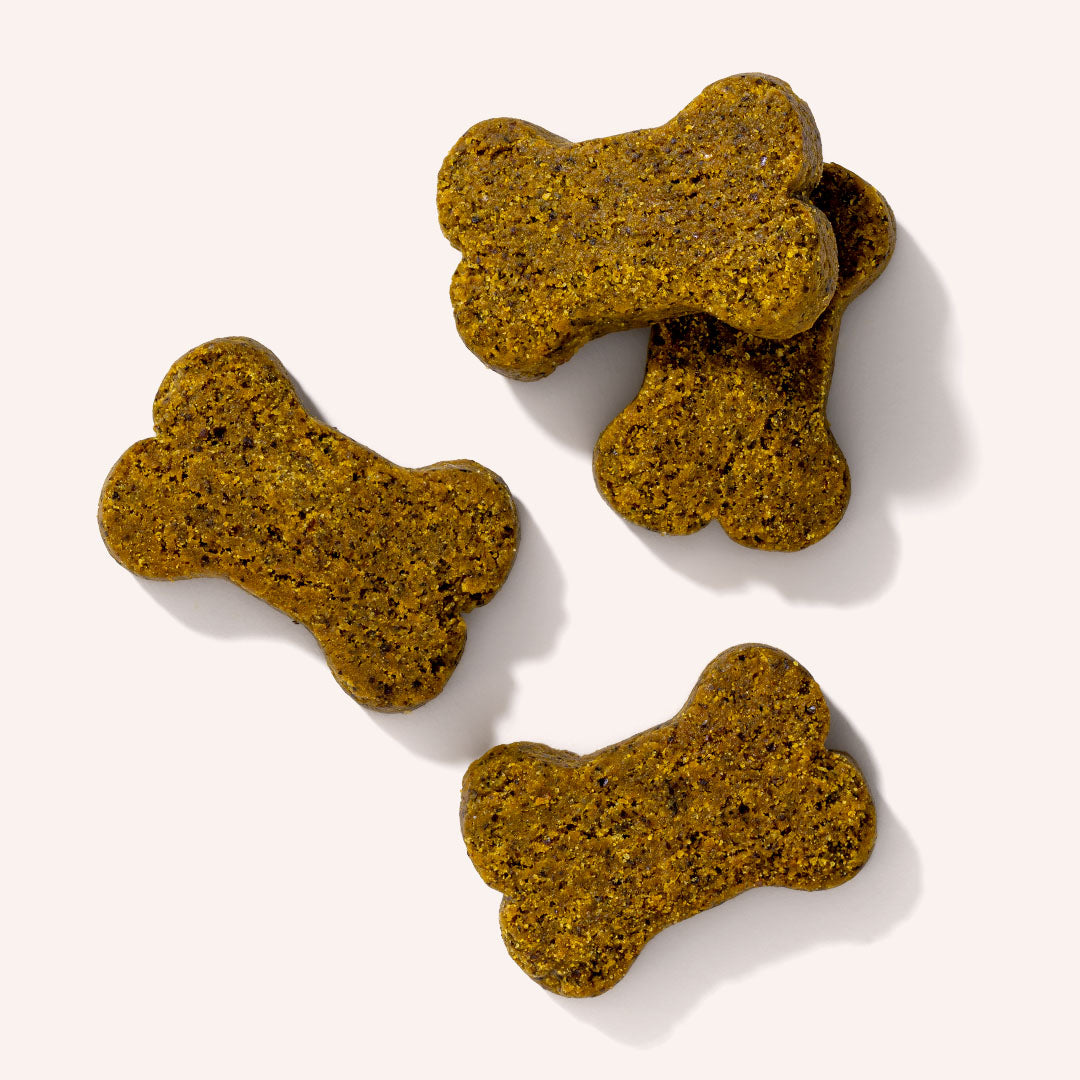
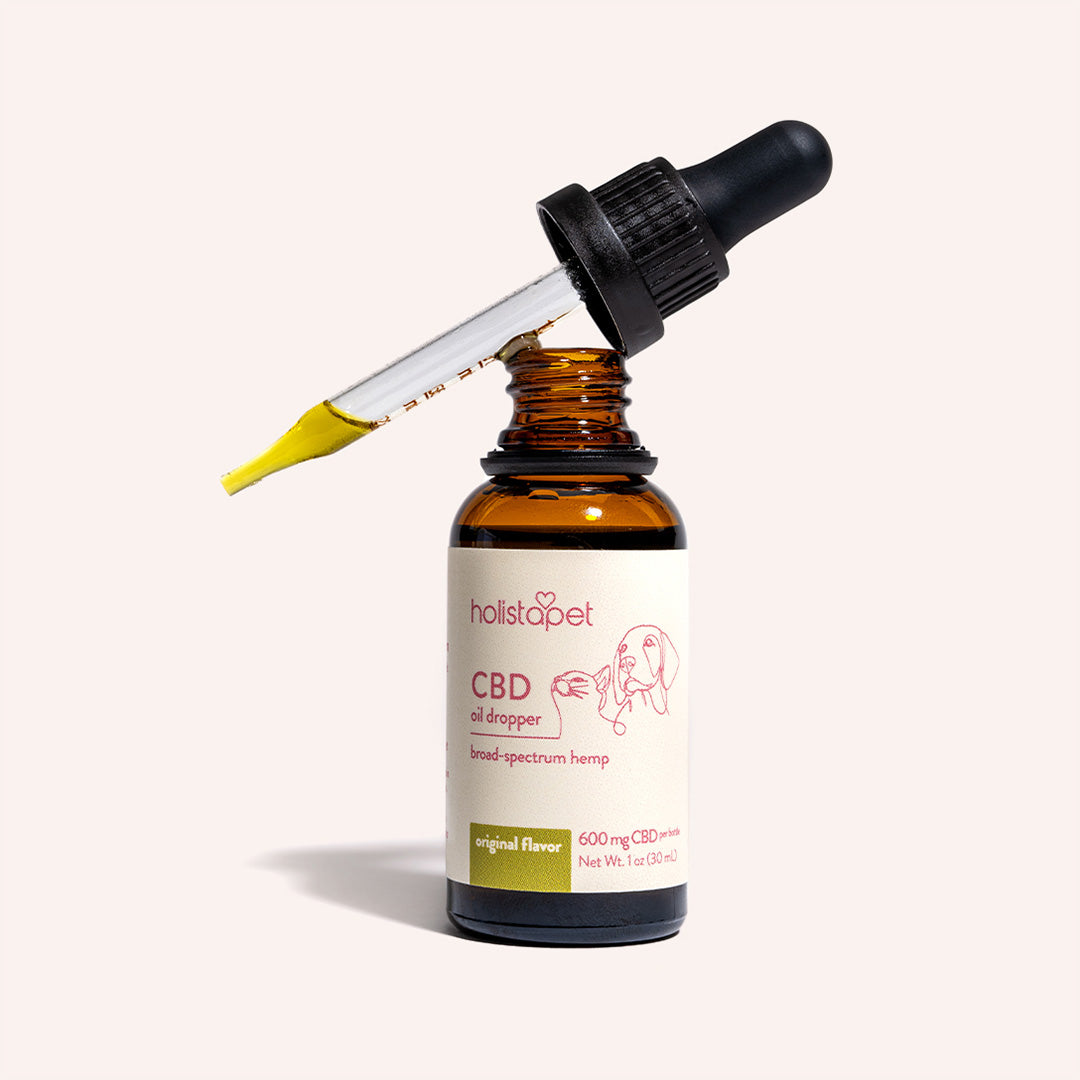
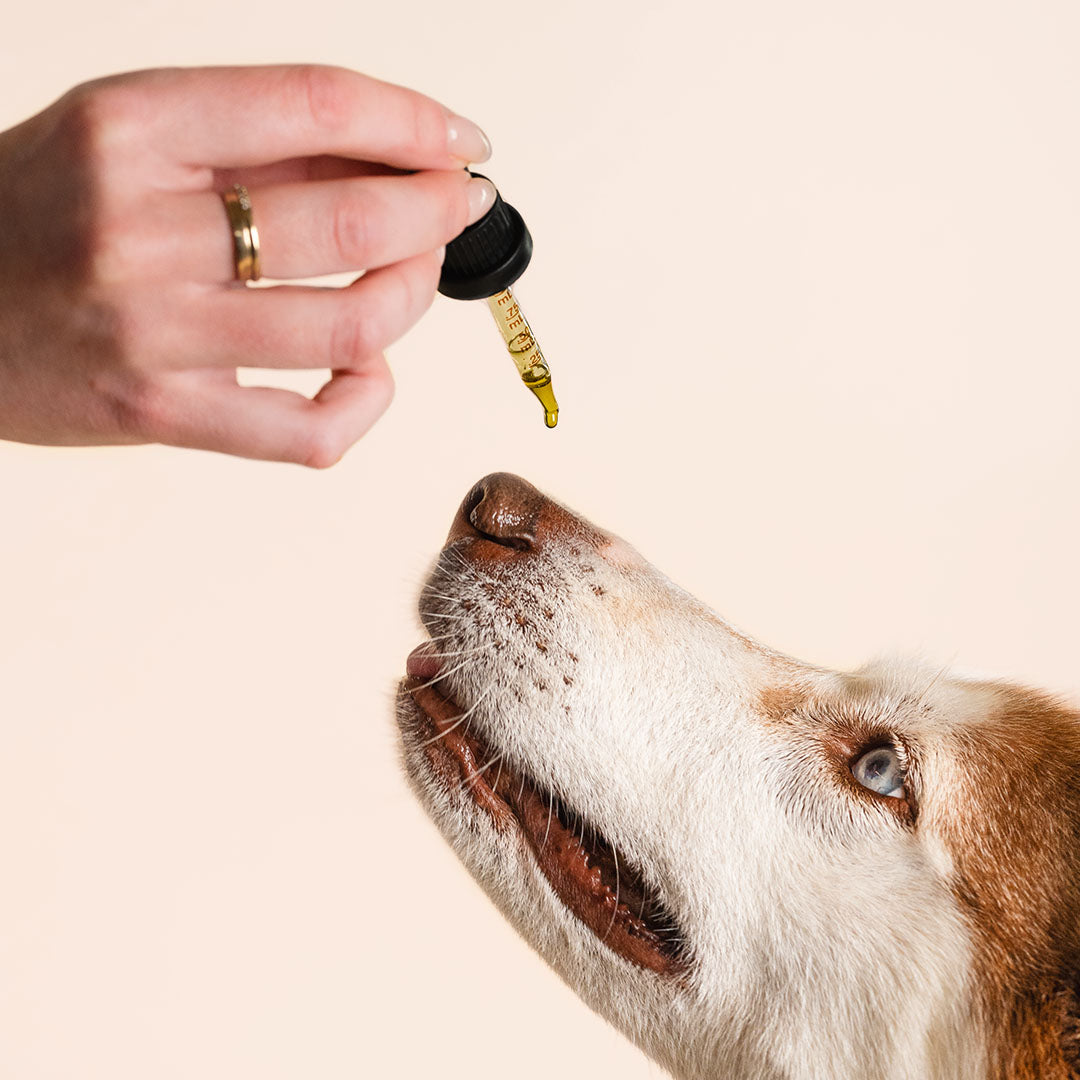
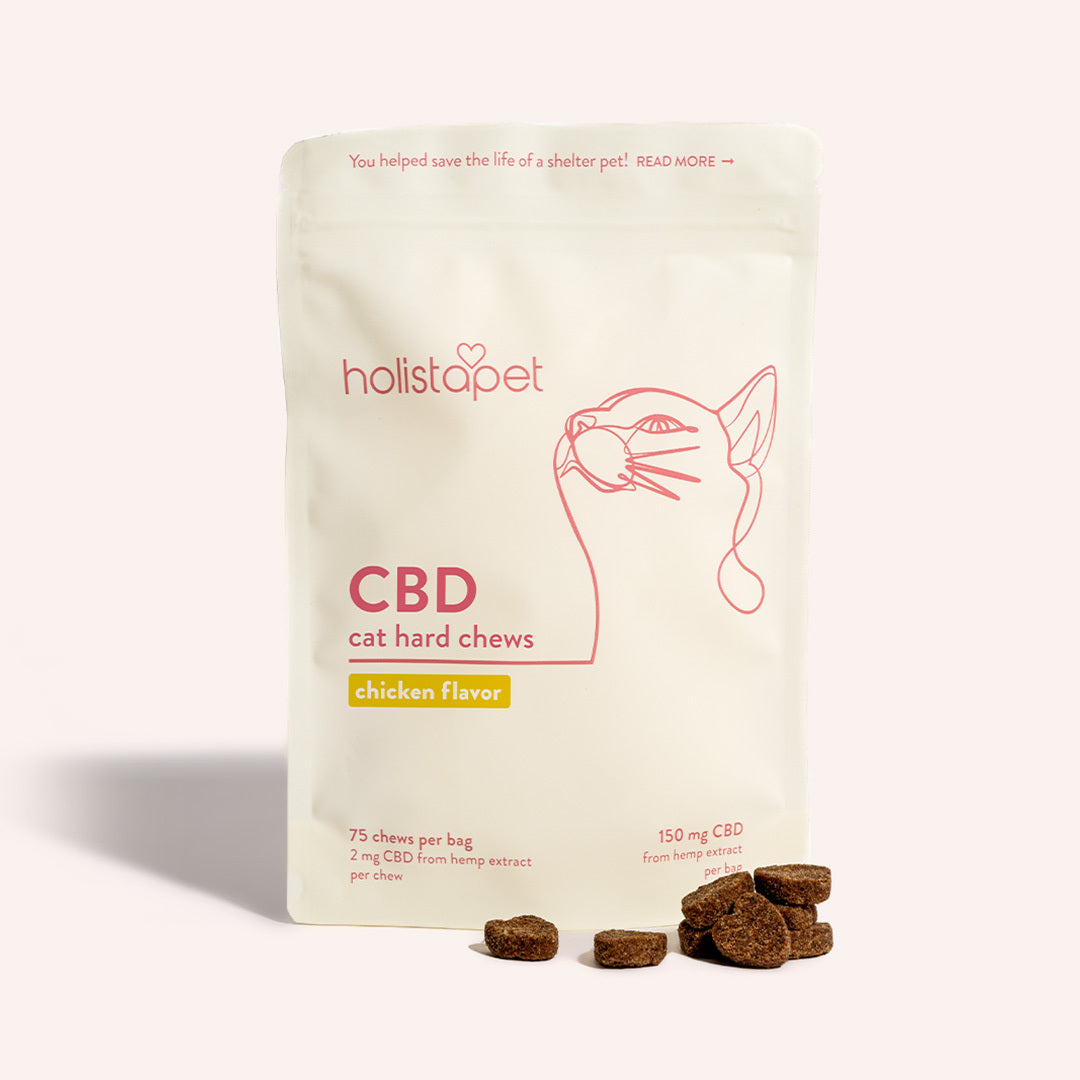
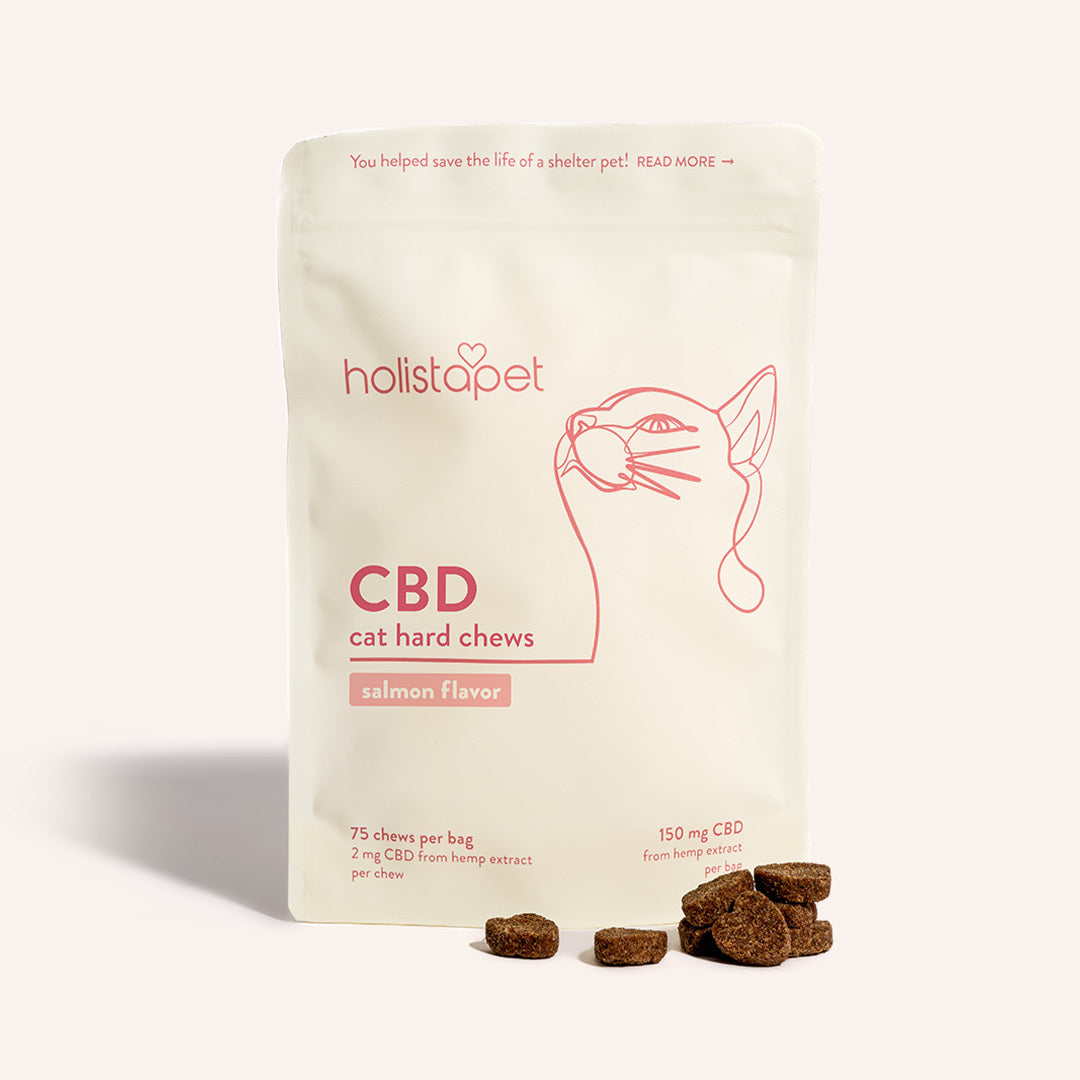
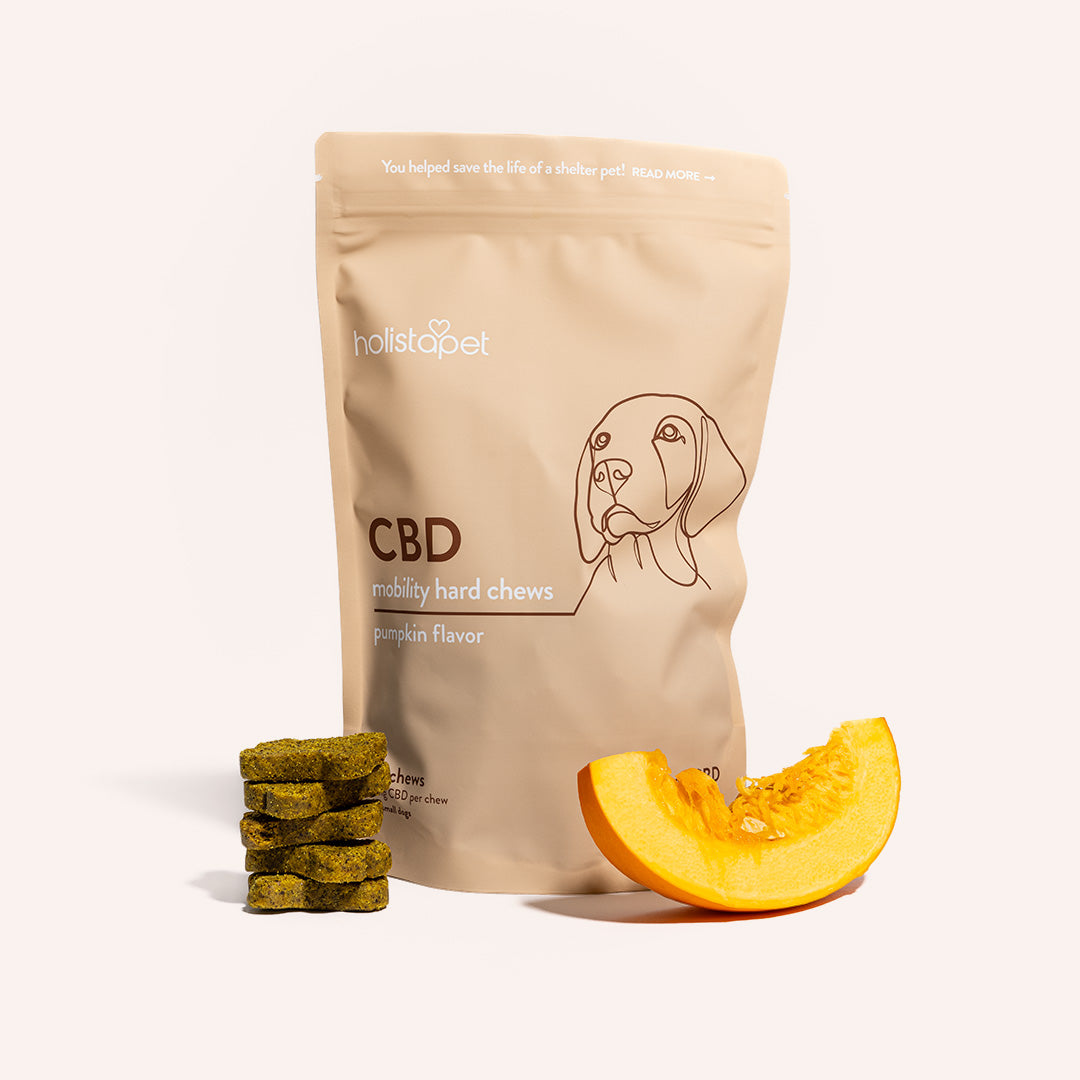
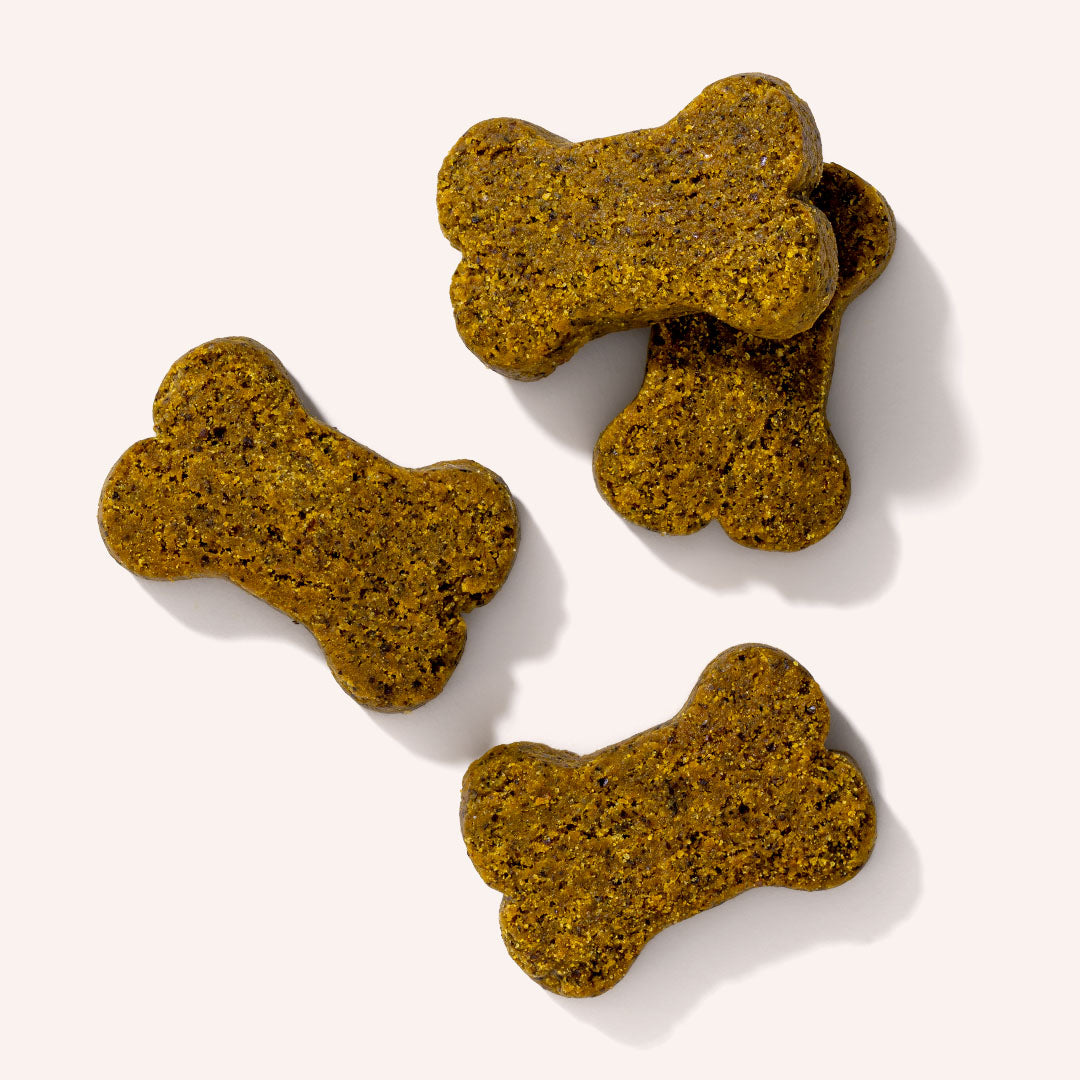

Leave a comment
All comments are moderated before being published.
This site is protected by hCaptcha and the hCaptcha Privacy Policy and Terms of Service apply.